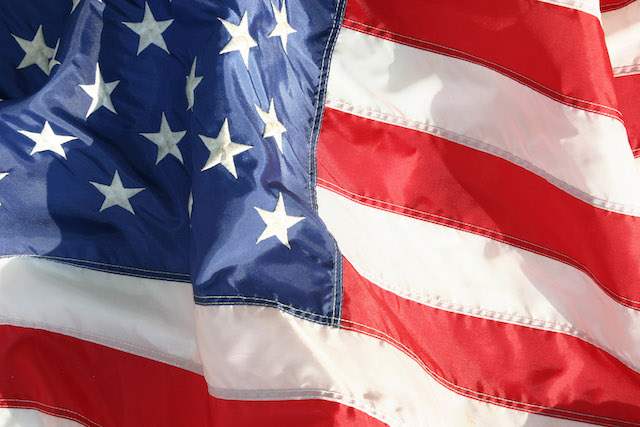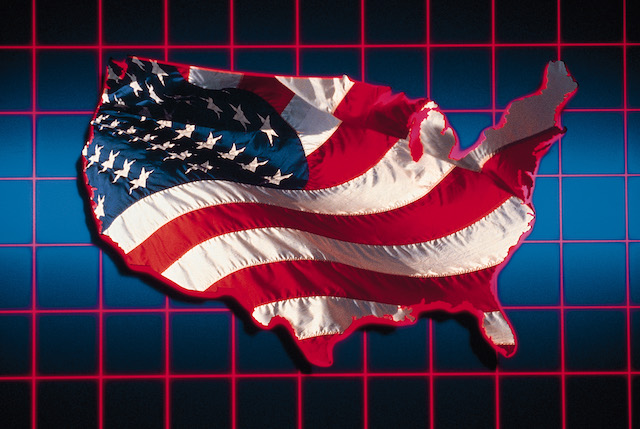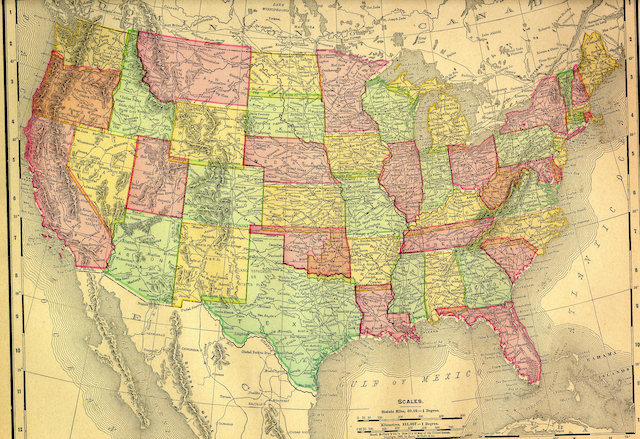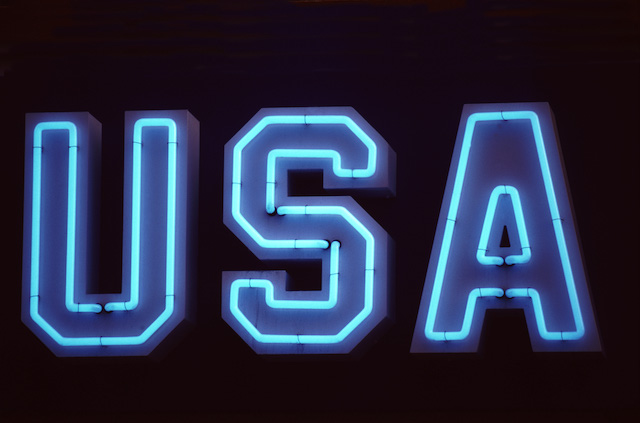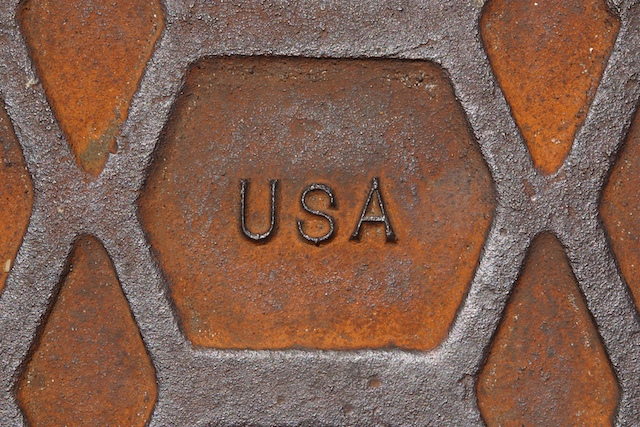First American Flag In Early America
The first American flag stood for hope and strength. Its design carried pride during hard times. Thirteen stars formed a clear circle. Each star honored a united colony. The first American flag showed power in unity. It waved through battles and ceremonies. People respected its bright, strong message.
Birth of the first American flag
The need for a unifying banner grew fast during the American Revolution. Soldiers marched without a single flag. Congress acted to change that. A flag could help connect the army and the public. Designers shaped the first American flag with a deep message. They knew its colors had to speak clearly.
Stripes and stars with meaning
Red, white, and blue appeared with purpose. Red stood for bravery in battle. White spoke of honesty and clear goals. Blue meant strength that lasted through storms. Thirteen stripes and thirteen stars matched each colony. The first American flag told a strong story through its clean pattern.
Philadelphia and early stitches
Philadelphia saw the first pieces of this new flag. Local shops provided fabric in bold colors. Betsy Ross worked in her small home. Some believe she cut stars with sharp precision. Her work shaped a flag meant to lift hearts. The sewing work stayed quiet but firm.
Congress chooses the design
The Continental Congress passed a flag resolution in 1777. The law stated how the flag should look. It called for stars, stripes, and colors. Each part had meaning tied to the new land. Congress wanted a flag that would stand tall. Their decision gave the flag its base form.
Battlefields and the rising flag
The first American flag flew during key battles. It stood in rain, heat, and snow. Soldiers lifted it high near camps. When cannons fired, the flag stayed firm. Even as bullets passed by, it did not fall. This flag gave courage to fighters across many states.
Sailing with stripes and stars
Ships carried the first American flag on tall masts. Sailors saw the banner and found hope. It helped friends tell friend from foe. The sea wind moved the flag with steady rhythm. Naval battles saw it rise with pride. It marked each ship as part of a new nation.
Flags over forts and cities
Fort commanders raised the flag at sunrise. People gathered and looked up with pride. The fabric moved with each breath of wind. Cities welcomed the sight of the flag. Merchants, workers, and farmers looked to it. The flag spoke clearly without a single word.
New uses across the states
Over time, the flag appeared in more places. It flew above schools, homes, and markets. Blacksmiths painted it on wooden signs. Children drew it in chalk on stone roads. Each new use brought it closer to the heart. The flag became part of daily life.
Songs born from the flag
Patriotic songs grew from the flag’s image. Writers put the stars and stripes in their lyrics. Soldiers sang to lift spirits at night. The flag gave rhythm and feeling to each line. Singers linked it with hope and victory. Music kept its message alive during hard days.
Art captures the strong image
Artists painted the flag in many ways. They used oil, chalk, and ink. Some showed it in storms, while others showed it in peace. Each artist gave it new energy. Galleries later displayed works full of pride. The flag stood still in paintings yet moved minds.
Flag in letters and stories
Writers spoke of the flag in their tales. They used it as a sign of home and peace. Soldiers wrote about it in letters. Mothers and fathers sent drawings to their children. Stories spread from town to town. The flag became part of American life through words.
Shaped by hand and spirit
Each flag took time to make. Seamstresses worked by candlelight with care. They folded fabric with strong hands. Thread pulled stars and stripes together. Every stitch added to a story. People put effort into flags with love and pride. Each banner told its own journey.
Symbol of unity across colonies
The flag brought together people from every colony. Farmers, merchants, and teachers looked to it. Churches raised it after Sunday prayers. Markets flew it over busy stalls. The first American flag connected different groups. Unity found a home in its fabric.
Changes and long memory
As time passed, more stars joined the flag. Each new state brought fresh shape. Yet the first American flag stayed in memory. Museums kept it safe behind glass. People studied its lines and folds. Its value stayed steady as years moved on. The first design always kept its meaning.
Education and young hearts
Schools taught children about the flag. They colored its shape and sang about its power. Teachers shared how it first flew. Children looked up and smiled. They waved small versions at parades. The flag lived again in each young hand.
Flag day and celebration
Flag Day honors the flag’s start each year. People gather to wave it proudly. Parades fill towns with sound and color. Speakers recall its first rise in battle. Drums beat as banners move through streets. The day helps keep the flag’s story alive.
Camps and civic spaces
Summer camps hang flags at dawn. Scouts learn to fold them with care. City buildings place them above doorways. Parks add flagpoles to green fields. Monuments rise beside waving cloth. The flag keeps watch during sleep and wake. People grow close to its meaning.
Respect shown in silence
Flags bring silence during ceremonies. People place hands on hearts. Crowds pause and look up. The flag waves as trumpets play soft notes. Families shed tears as it passes slowly. The first American flag began this deep respect. It gave form to quiet power.
Stars with perfect balance
The stars in the first American flag formed a full circle. None held more space than another. Each colony stood equal in strength. This shape carried a strong message. People saw balance and unity in the stars. The circle added peace to the banner’s power.
Stories passed through generations
Families passed down flag stories at meals and holidays. Elders told how the flag first waved. Children asked for tales of battle camps. Each new listener added value to the flag. The story moved from mouth to ear. The flag lived through memory and voice.
Marches with flags in hand
People marched through streets waving flags. They moved through sun, wind, and rain. Some flags touched the sky. Others hung from small poles. Each step linked to past movements. The flag led peaceful walks for change. It showed calm strength in every wave.
Homes with flags on porches
Many homes kept flags near front doors. Some hung from hooks or sat in flower pots. The wind gave them life each day. Neighbors stopped to admire the sight. Flags turned houses into symbols of hope. The first American flag helped start this tradition.
Flags in time of need
People turned to the flag during trouble. They raised it during storms and loss. Its shape reminded them of past strength. The fabric meant more in quiet pain. It became a symbol of care and unity. The flag comforted without speaking.
Flag in holidays and rest
Holidays filled with flags on lawns and tables. People rested under its shade during picnics. Campers hung it near tents. The stars caught the sun between trees. The flag offered peace during breaks. Its presence made moments more whole.
Colors that never faded
Even as fabric aged, the colors stayed bright. Red stayed strong. White stayed clean. Blue stayed deep. Sun and rain could not remove their meaning. The first American flag kept its colors through time. Its message stayed even as thread wore thin.
Lasting touch of unity
The first American flag gave more than shape and shade. It gave direction, pride, and shared purpose. Its message passed from hand to hand. People found peace in its stars and strength in its stripes. Its journey carries on through every breeze and every sky.

